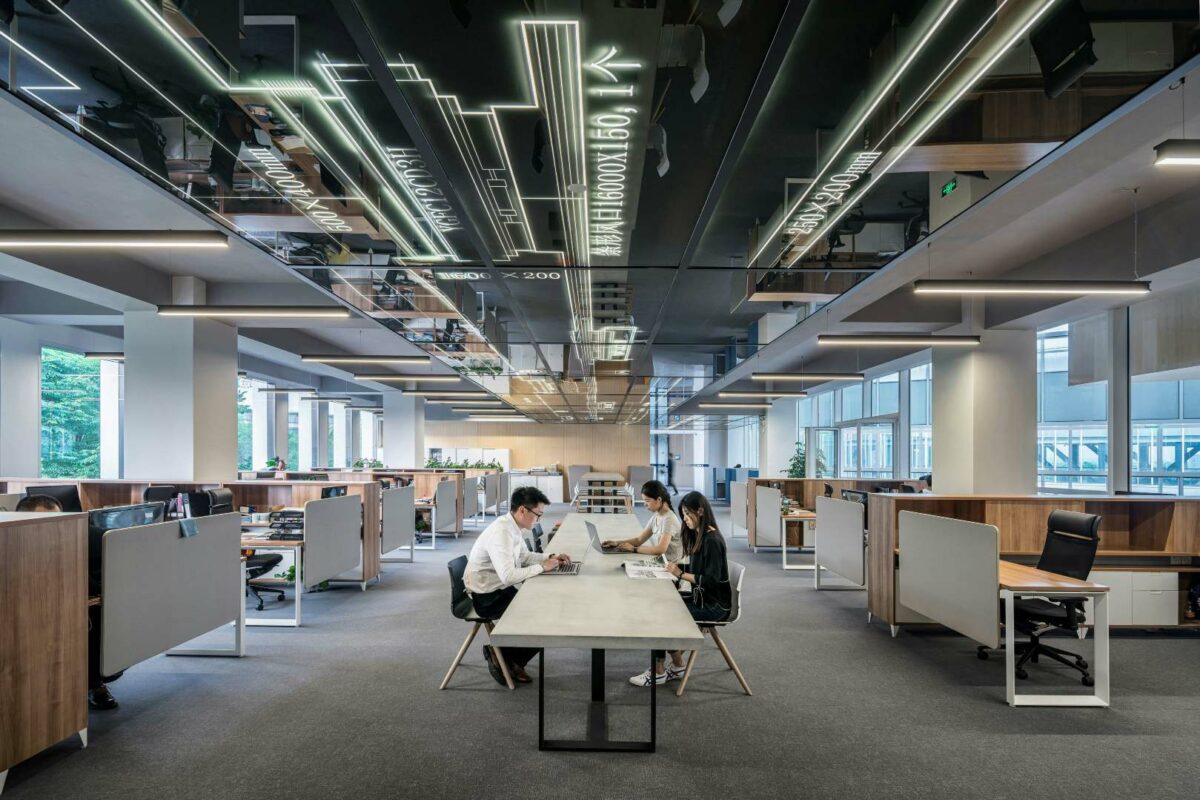Often confused with mental health, Neurodiversity refers to the infinite diversity of the human brain and mind. Around 10% of the UK population is said to be neurodiverse. The term is used to refer to people with genetic differences such as Dyslexia, Dyspraxia, ADHD, Tourettes and various forms of Autism such as Aspergers. Neurodivergent people aren’t ill, nor do they have a syndrome, it is a difference. But it is a difference that can leave people more susceptible to mental ill-health, which can be created or exacerbated by unsuitable working environments.
People who are neurodiverse are wired differently to those considered ‘normal’, and often their differences are an extraordinary strength in the workplace. For instance, Dyslexia and Autism are associated with advanced memory, mathematical and pattern recognition abilities. A skillset that would get you very far in, say, economics. Entrepreneurs are very often dyslexic – one of the most famous examples is Richard Branson, who said in an interview with the Independent “(after school) my dyslexia became my massive advantage: it helped me to think creatively and laterally, and see solutions where others saw problems”.
However, in a poll by the Chartered Institute of Personnel and Development (CIPD) only 1 in 10 businesses say that consideration of neurodivergent people is included in their management strategies. It follows then, that consideration in the interior design and spatial design of a workplace is not a priority. But creating solutions to allow neurodivergent people to flourish at work can be simple and affordable – for instance, software that can convert text to speech, or speech to text allows dyslexics to get on with their meaningful work without losing time to frustrating battles with spelling and concentration. The use of dual-screens, to work with two documents or programmes open simultaneously, can totally eradicate issues with memory.
Diverse Workplaces
What of the physical design of a workplace? Can those of us responsible for the space-planning, the interior design and the furniture specification create spaces in which a neurodivergent person can excel, without sacrificing aesthetic design and inflating design budgets?
The answer is yes – and designing spaces inclusive of people on as many spectrum’s as possible will inevitably benefit us all: largely, the key is to make spaces that are calming. Creating places to work where noise need not be a distraction, where colour is used to calm, where lighting supports rather than challenges the senses. Who doesn’t want to work in an environment that incorporates all of these things?!
Acoustics
Acoustics are easily dealt with, through the specification of products that are designed to absorb and interrupt the soundwaves travelling through a space. The array of high-backed sofa’s available now range from simple break-out seating for making quiet phone calls, or include a table for informal, private meetings. Adjustable or portable desk dividers upholstered in fabric double up as acoustic baffling and also provide much needed privacy for those for whom concentration is difficult.
Quick to apply acoustic wall tiles can transform the acoustic performance of open spaces with designs to either stand out or blend in. “In our research we discovered that psychoacoustic elements (the branch of psychology concerned with the perception of sound and its physiological effects) come into play in the office. Those with analytical personalities, a trait common in Autism, are more likely to be distracted by shrieks of laughter or variable volume conversations. Subtle use of acoustic dampening materials can alleviate the issue and help create spaces that are more productive for everyone that uses them.” Says Tony Sutton, Managing Director of acoustic material experts Woven Image.
Storage
Storage can be incredibly important to Neurodivergent people, who need the security and order that good storage provides, to feel safe, in control and stress-free. Under desk storage is good, but moveable and lockable storage is great if the office is open-plan and non-territorial. CEO at storage specialists Bisley, John Atkin, knows all about how storage can help people belong: “Getting on with a task in-hand is much easier when you are safe in the knowledge that your belongings are secure, that they are exactly where you left them and that they will remain so until you choose.”
Colour
Using low-stimulant colours on walls and furnishings and avoiding pattern can help mitigate stress. Alison Standish, Founder of colour experts The Colour Ministry, recommends calming tones of cream and avoiding mixing colours: “Giving consideration to colour is more than thinking about aesthetics. Colour has psychological and emotional impact. For many people a mix of complimentary colours creates a soothing and comforting environment, but for Neurodiverse people avoiding pattern and choosing a flat colour is the best choice for concentration and to avoid triggering anxieties.”
Lighting
When it comes to lighting, it’s about managing glare and flickering. So avoiding fluorescent lighting and poor quality LED is essential. “Investing in the correct lighting design for any space is wise. People perform at their best when you give them the healthiest environment and what we can achieve with the latest LED technology is as close to perfection as we’ve ever been. We can create lighting landscapes that support people with Neurodivergency in its many forms, and the running costs are so much lower than old fluorescent technology. It’s a win-win.” Says David Clements, CEO of architectural lighting experts FUTURE Designs.
Zoning
Some additional considerations could be given, of course. People who are Neurodivergent often need routine and structure. Spacial layouts can help here – having zones with territorial desking for instance. And as stretching helps those with Tourettes or Autism to improve focus, a designated quiet area for this could be beneficial. (Stretching is also shown to help improve focus in people generally too, so another win-win.)
There are many platforms providing practical advice for designing inclusive spaces. The National Autistic Society recommend making spaces that eliminate distractions.
BRE Group (responsible for BREEAM certifications) highlight the issues caused by some fluorescent and LED lighting to those with Autism. And CIPD have created a comprehensive guide to Neurodiversity and the workplace.
Following on from Neurodiversity, why not see how biophilic design can help with mental health.
By Gary Helm, Founder, obo

Content Team
Work in Mind is a content platform designed to give a voice to thinkers, businesses, journalists and regulatory bodies in the field of healthy buildings.




